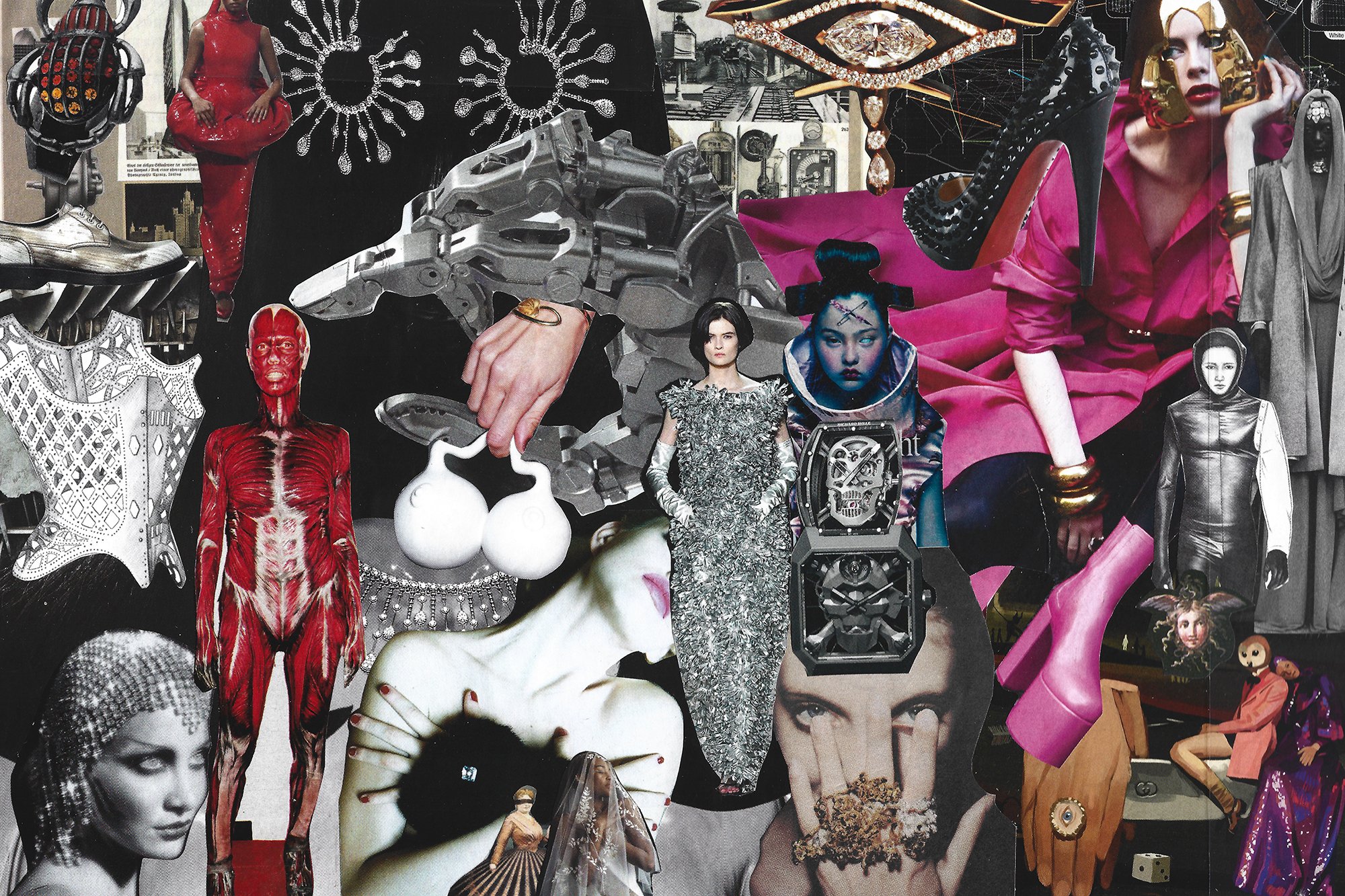You can read my latest article for Fashion, Style and Popular Culture by clicking here; your institution may have purchased access. See the abstract below.
Abstract:
The deathly aesthetic of Heroin Chic caused a moral panic in the late 1990s for its aestheticization of cadaverously pale and skeletally thin models. Subsequent photographers have experimented with the female body as a prop, staging high-fashion crime scenes and mimicking the passivity of corpses in prone posture. Fashion photography offers an arena to explore daily life and the national imagination by materializing concepts through a focus on corporeality and compelling stylized visuals. These images therefore represent a commercialized articulation of broader cultural concerns surrounding mortality. Steven Klein’s 2015 fashion editorial ‘Love machine’, published in W magazine, will be analysed to argue that this represents a cultural response to the shifting relationship between the human body and technology. The discourse of human–machine coexistence presents the transhumanist stance as idealized with the fashion field’s agenda of body modification, wellness and leisure assisted and instigated by technology. However, the tone of this shoot presents a less optimistic vision of a posthuman future. Whilst posthuman ideology is decisive and assured in its deference to technology, Klein’s use of Frankensteinian and cyborg motifs evidence the uncertainty and unease with which biological and technical forms begin to blur. The styling of the model as a cyborg and the invocation of Frankenstein’s monster is a logical vehicle for personifying the ontological anxieties coming to the fore of public conscience as debates on digital immortality and artificial intelligence become more prevalent.
Keywords: robotic body ; transhumanism ; fashion media ; Steven Klein ; heroin chic ; mortality ; cyborg ; posthumanism
